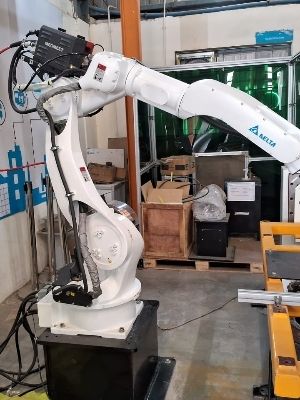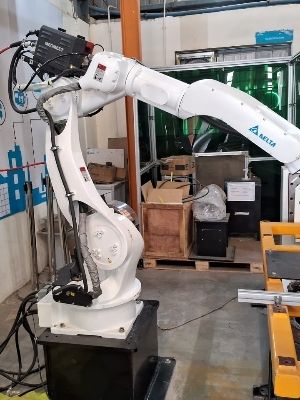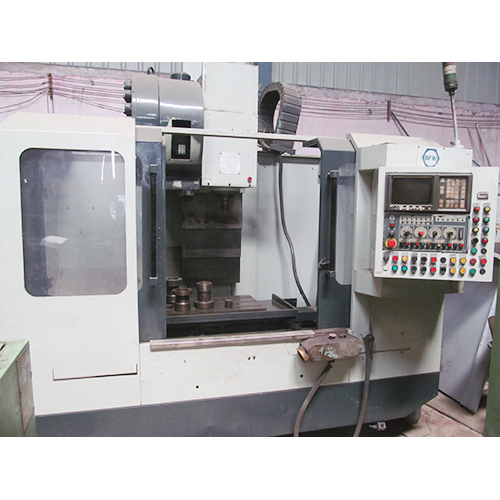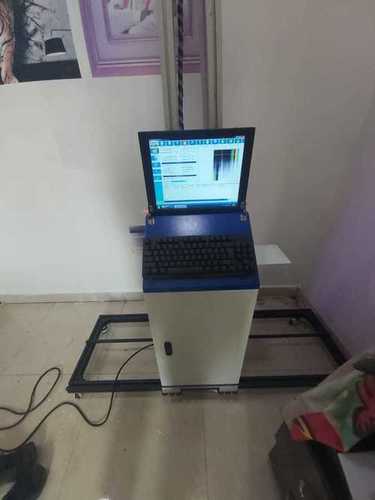Robot welding machine
Price 900000 INR/ Pair
MOQ : 1 Cubic Centimeter
Robot welding machine Specification
- Product Type
- The specifications of a robot welding machine can vary depending on the model and manufacturer, but typical features include:1. **Robotic Arm Specifications**: - **Degrees of Freedom**: Usually 6 axes for flexibility in movement. - **Reach**: Typically ranges from 1.5 to 3 meters, depending on the arm's design. - **Payload Capacity**: Usually between 5 to 50 kg, depending on the application and robot size.2. **Welding Tool Specifications**: - **Welding Type**: MIG, TIG, or plasma welding. - **Welding Voltage**: Generally adjustable, ranging from 15V to 40V for MIG or TIG welding. - **Welding Current**: Adjustable from 50A to 500A or more, depending on the welding process.3. **Control System**: - **Programming Interface**: Includes teach pendants or computer-based systems for programming and control. - **Software**: Advanced programming software for path planning, welding parameters, and diagnostics.4. **Sensors and Feedback**: - **Position Sensors**: For precise location tracking and adjustment. - **Arc Sensors**: For monitoring and adjusting the welding arc in real-time.5. **Safety Features**: - **Enclosures**: Protective barriers to shield operators from welding sparks and UV radiation. - **Emergency Stops**: Safety buttons to halt operations in case of emergencies.6. **Power Requirements**: - **Voltage**: Typically operates on standard industrial voltages such as 230V, 400V, or 480V AC. - **Power Consumption**: Varies based on the robot and welding equipment, generally between 2 to 10 kW.7. **Operating Environment**: - **Temperature Range**: Designed to operate in industrial environments, often between 5C to 40C. - **Dust and Contamination Protection**: IP rating (Ingress Protection) to indicate resistance to dust and water.These specifications ensure the robot welding machine performs effectively, efficiently, and safely across various industrial applications.
- General Use
- Industrial
- PLC Control
- No
- Bar Feeder
- No
- Power Source
- Electric
- Rigidity
- High
- Feature
- High Precision
- Color
- Other
Robot welding machine Trade Information
- Minimum Order Quantity
- 1 Cubic Centimeter
- Payment Terms
- Cash Advance (CA), Cash in Advance (CID)
- Supply Ability
- 100 Cubic Centimeters Per Day
- Delivery Time
- 15 Days
- Main Export Market(s)
- Asia
- Main Domestic Market
- All India
About Robot welding machine
A robot welding machine is an automated system designed for precision welding tasks. It typically consists of a robotic arm equipped with a welding tool, such as a MIG (Metal Inert Gas) or TIG (Tungsten Inert Gas) welder. The robot is programmed to perform welding operations with high accuracy and consistency, making it ideal for repetitive tasks in manufacturing settings. Key features of a robot welding machine include: 1. Robotic Arm This provides the movement and flexibility needed to reach various angles and positions for welding. 2. Welding Tool Depending on the type of welding, this could be a MIG torch, TIG torch, or other welding equipment. 3. Control System An integrated computer or programmable controller manages the welding process, ensuring precise control of parameters such as speed, voltage, and feed rate. 4. Sensors These are used to monitor and adjust the welding process in real-time for optimal results. 5. Safety Features Includes protective enclosures and emergency stop buttons to ensure safe operation. Robot welding machines enhance productivity, improve weld quality, and reduce manual labor in industrial applications.
Tell us about your requirement

Price:
Quantity
Select Unit
- 50
- 100
- 200
- 250
- 500
- 1000+
Additional detail
Mobile number
Email
More Products in CNC Machine Category
Pipe laser cutting
Price 900000 INR / Unit
Minimum Order Quantity : 1 Unit
General Use : CNC Machine
Automatic : Yes
Product Type : Laser cutting machine
Computerized : Yes
CNC Turning Vmc Machine
Price 720000 INR / Unit
Minimum Order Quantity : 1 Unit
General Use : Industrial
Automatic : Yes
Product Type : Vmc Machine
Computerized : No
BFW Machine
Minimum Order Quantity : 1 Unit
General Use : Industrial
Automatic : Yes
Product Type : BFW Machine
Computerized : No
Wall Printing Machine
Minimum Order Quantity : 1 Unit
General Use : Industrial
Automatic : No
Product Type : Wall Printing Machine
Computerized : No

 Send Inquiry
Send Inquiry






 Send Inquiry
Send Inquiry Send SMS
Send SMS